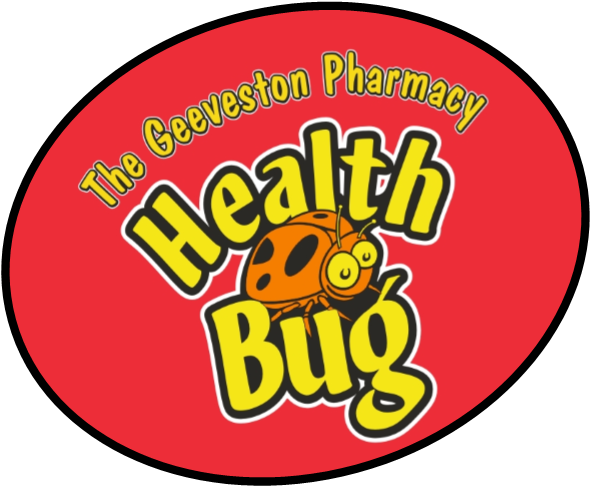 Shingles, also known as herpes zoster, is a viral infection caused by the varicella-zoster virus, the same virus that causes chickenpox.
Shingles, also known as herpes zoster, is a viral infection caused by the varicella-zoster virus, the same virus that causes chickenpox.
Shingles can be a painful and uncomfortable condition, but with early diagnosis, prevention strategies, and appropriate treatment, its impact can be minimised.
The characteristic symptom of shingles is a painful, blistering rash that usually appears in a single stripe or band on one side of the body, often wrapping around the torso.
Other common symptoms include itching, burning, and tingling sensations, as well as fever, headache, and fatigue.
Preventing shingles is an important consideration, especially for individuals at higher risk.
The following measures can help reduce the risk of developing shingles:
- The most effective way to prevent shingles is by getting the shingles vaccine. There are two vaccines available: Zostavax and Shingrix.
- Maintaining a healthy immune system: A strong immune system can help prevent shingles. This can be achieved through a balanced diet, regular exercise, stress management, and adequate sleep.
- Avoid close contact: people with active shingles can transmit the virus to those who have not had chickenpox. It’s important to avoid close contact with individuals who are at risk, particularly pregnant women and those with weakened immune systems.
- Good hygiene: Proper handwashing and hygiene practices can help reduce the risk of spreading the virus to others.
If diagnosed with shingles, there are several treatment options available to manage the condition and alleviate discomfort:
- Antiviral medications: Healthcare providers often prescribe antiviral drugs like acyclovir, valacyclovir, or famciclovir to reduce the severity and duration of the shingles outbreak. These medications work best when started within 72 hours of the rash appearing.
- Pain relief: Over-the-counter pain relievers and prescription medications can help manage the pain associated with shingles.
- Topical creams: Creams or ointments containing capsaicin or lignocaine can be applied to the affected area to provide relief from itching and discomfort.
- Keeping the rash clean: Keeping the rash clean and covered can help prevent infection. It’s essential to avoid scratching the blisters to prevent complications.
- Rest and self-care: Adequate rest and self-care are essential during a shingles outbreak to support the body’s healing process.

